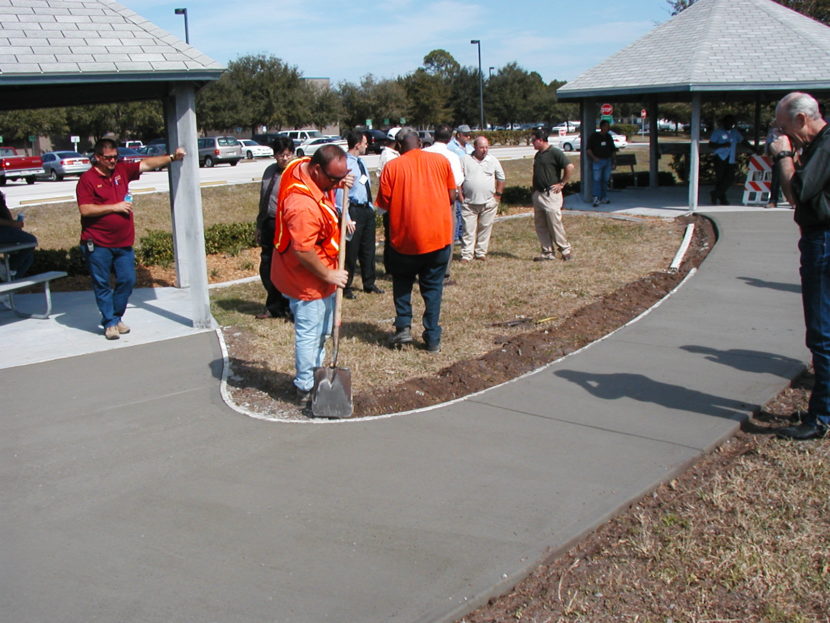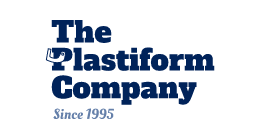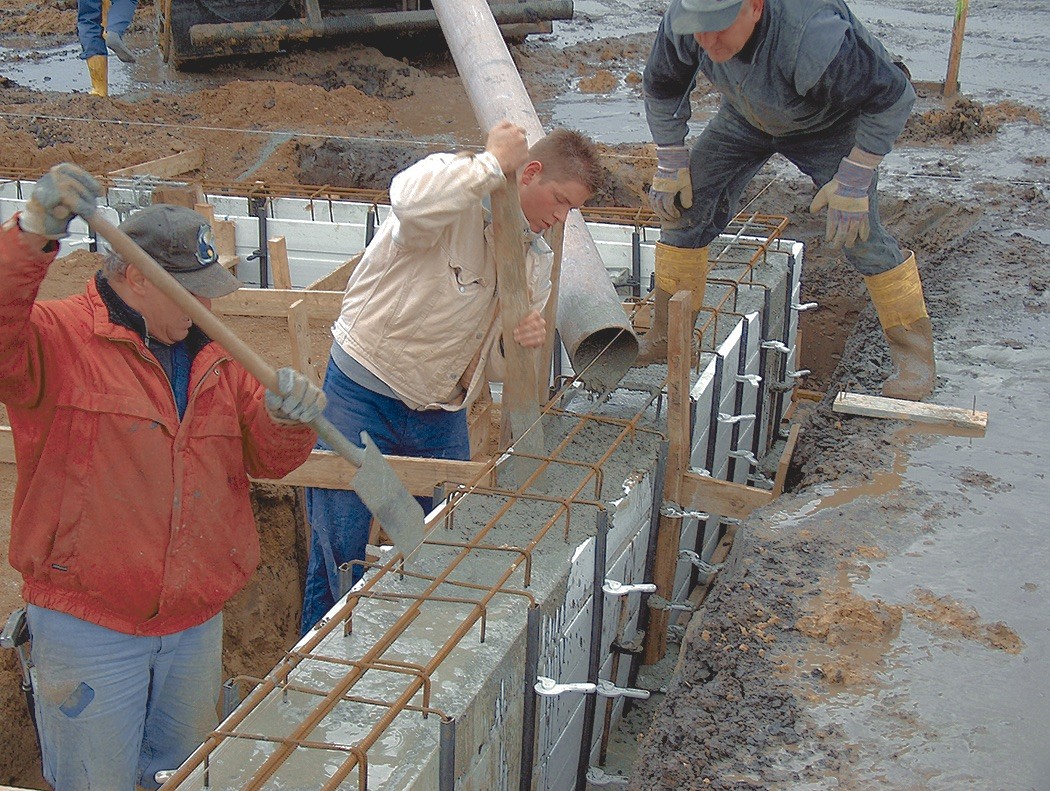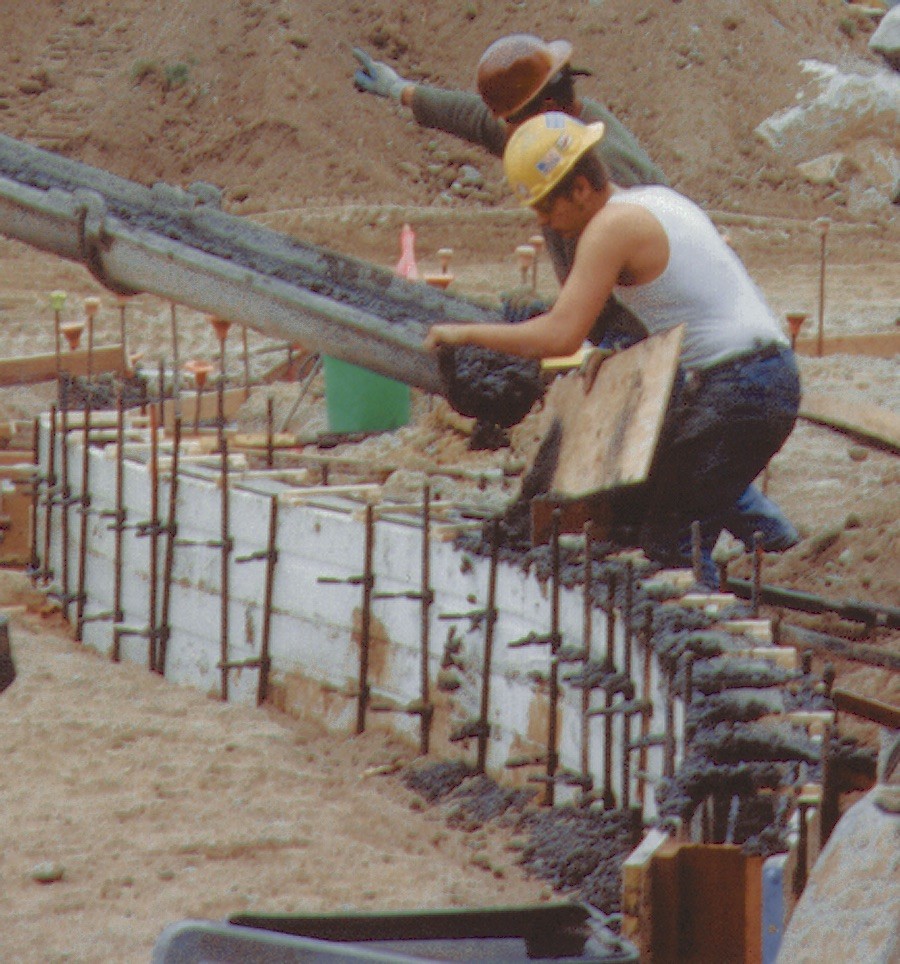
The Simplicity and Efficiency of Using Plastic Forms for Concrete Flatwork
Introduction
Concrete flatwork, including floors, patios, driveways, and sidewalks, is a crucial aspect of construction and landscaping projects. Traditionally, wooden forms have been used to shape and contain the concrete until it sets. However, in recent years, plastic forms have become increasingly popular due to their simplicity and efficiency. Here we explore the numerous benefits of using plastic forms for concrete flatwork.
Simplicity in Usage
Ease of Installation
One of the primary advantages of plastic forms is their ease of installation. Plastic forms are lightweight, making them easier to handle and position compared to wooden forms. This reduces the physical strain on workers and allows them to set up the forms quickly. Additionally, plastic forms often come with interlocking systems that simplify the assembly process, ensuring that the forms remain securely in place during concrete pouring.
Reduced Need for Specialized Tools
Plastic forms can be installed with fewer specialized tools compared to wooden forms. Whereas wooden forms may require sawing, nailing, and other carpentry tools, plastic forms often require only basic tools for assembly. This simplicity not only reduces the time spent on preparation but also lowers the costs associated with purchasing and maintaining specialized equipment.
Uniform Shapes and Sizes
Plastic forms are manufactured to precise specifications, ensuring consistent shapes and sizes. This uniformity facilitates accurate measurements and alignment, resulting in a smoother and more professional finish for the concrete flatwork. The consistent dimensions also minimize the risk of gaps and irregularities that can occur with wooden forms, which may vary in size and condition.
Efficiency in Construction
Time Savings
The efficiency of plastic forms contributes significantly to time savings in construction projects. The lightweight nature of plastic forms allows for rapid placement and adjustment, reducing the time required for setup. Additionally, the interlocking systems and uniform shapes minimize errors and rework, streamlining the overall construction process. Projects that utilize plastic forms can often be completed more quickly, leading to faster turnaround times and reduced labor costs.
Durability and Reusability
Plastic forms are highly durable and resistant to damage from moisture, chemicals, and repeated use. Unlike wooden forms, which can warp, splinter, or rot over time, plastic forms maintain their integrity and shape throughout multiple uses. This durability allows for the forms to be reused across various projects, enhancing their cost-effectiveness and reducing the environmental impact associated with disposable materials.
Optimized Concrete Pouring
The precision and stability of plastic forms optimize the concrete pouring process. The securely interlocked forms prevent leaks and shifting, ensuring that the concrete sets correctly and uniformly. This leads to a higher quality finish with fewer imperfections, reducing the need for post-pour corrections and repairs. The optimized pouring process also enhances the structural integrity of the concrete flatwork, contributing to its longevity and durability.
Environmental Benefits
Reduced Material Waste
Using plastic forms can lead to significant reductions in material waste. Wooden forms often need to be cut and adjusted, generating offcuts and scraps that may not be reusable. In contrast, plastic forms are designed for reuse and can be used multiple times without degradation. This reduces the amount of waste produced and promotes more sustainable construction practices.
Lower Carbon Footprint
The reusability and durability of plastic forms contribute to a lower carbon footprint for construction projects. By minimizing the need for new materials and reducing waste, plastic forms help decrease the overall environmental impact. Additionally, the lightweight nature of plastic forms reduces transportation emissions, as they require less energy to transport compared to heavier wooden forms.
In Summary
The use of plastic forms for concrete flatwork offers numerous advantages in terms of simplicity and efficiency. Their ease of installation, reduced need for specialized tools, and uniform dimensions streamline the construction process, saving time and labor costs. The durability and reusability of plastic forms enhance their cost-effectiveness and environmental sustainability. By optimizing the concrete pouring process and reducing material waste, plastic forms contribute to higher quality and more sustainable construction projects. As the construction industry continues to evolve, plastic forms are likely to become an increasingly popular choice for concrete flatwork.





